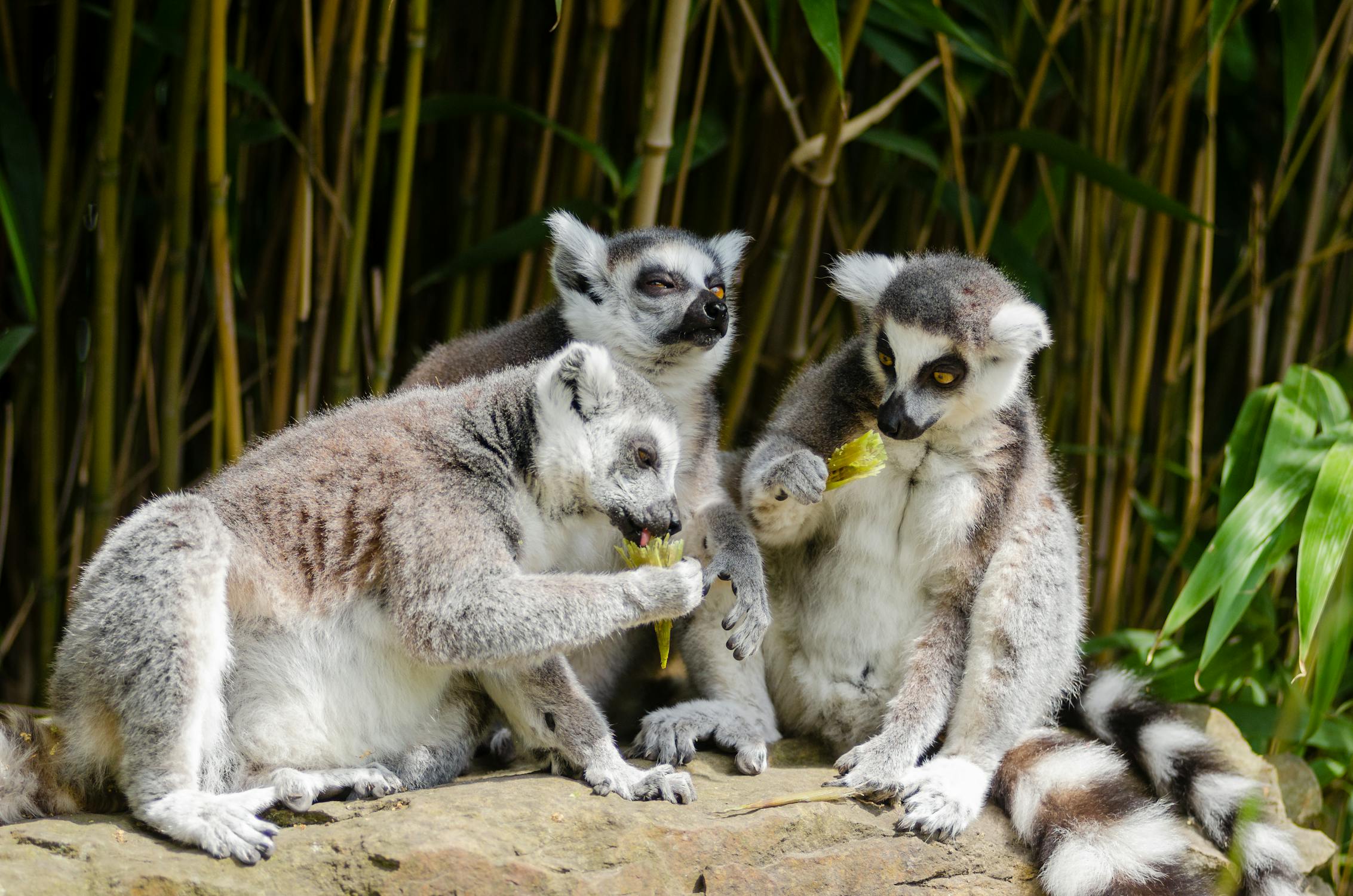The black squirrel, with its distinctive dark fur, has captivated the curiosity of wildlife enthusiasts and casual observers alike. While it may seem like a rare variation of the common gray squirrel, the black squirrel is actually its own unique phenotype, resulting from a genetic mutation that gives it its dark coloration. Found across various parts of the world, particularly in North America, the black squirrel is not only visually striking but also carries with it a fascinating story of survival, adaptation, and mystery.
In this article, we’ll explore everything you need to know about the black squirrel: from its origins and habitat to its behavior and role in ecosystems. Whether you’ve spotted one in your local park or you’re simply curious about this intriguing animal, this guide will provide you with a comprehensive overview.
What Is a Black Squirrel?
A black squirrel is a color variation of the eastern gray squirrel, though it is often misunderstood as a different species. The scientific name for the eastern gray squirrel is Sciurus carolinensis, and the black fur is the result of a genetic mutation. This mutation causes an excess of melanin, the pigment responsible for dark colors in the fur. The black squirrel has the same physical features, behaviors, and habitat preferences as its gray counterpart but with the obvious distinction of its jet-black coat.
Interestingly, black squirrels are not confined to just one region. While they are more commonly found in North America, they have also been observed in parts of Europe and Asia. Despite their striking appearance, black squirrels face the same challenges as any other squirrel, including finding food, avoiding predators, and adapting to urban environments.
How Do Black Squirrels Differ from Gray Squirrels?
At first glance, black squirrels and gray squirrels may appear very different, but in reality, they are quite similar. Here are some key differences and similarities between the two:
- Coloration: The most noticeable difference is the color. While gray squirrels are, as the name suggests, gray or brownish-gray, black squirrels are completely black, with a glossy, dark coat due to increased melanin.
- Size and Shape: There is no significant size difference between black and gray squirrels. Both typically measure between 16 and 20 inches in length, including the tail, and weigh around 1 to 1.5 pounds.
- Habitat and Diet: Both squirrel types share similar habitats and diets. They are often found in wooded areas, parks, and urban landscapes, where they forage for nuts, seeds, fruits, and tree buds.
- Behavior: Black squirrels exhibit the same behaviors as gray squirrels, including gathering food for the winter, climbing trees, and seeking shelter in tree cavities or nests.
However, the primary distinction remains the coat color, with black squirrels being less common than gray squirrels in most regions, though they are more prevalent in certain areas.
Why Are Some Squirrels Black?
The primary reason some squirrels are black is due to a genetic mutation that causes the overproduction of melanin, the pigment responsible for dark colors in the fur. This mutation is more common in certain regions due to environmental factors, and it can be inherited.
Historically, black squirrels have been more common in colder climates. Some studies suggest that the darker fur may provide an evolutionary advantage in colder environments by helping the squirrel absorb more heat from the sun. In the wild, animals with darker coats are sometimes better equipped to survive extreme weather conditions.
Moreover, black squirrels have a better camouflage in certain environments, particularly in densely wooded areas with darker bark and shade. This may help them evade predators like hawks, owls, and foxes.
Habitat of the Black Squirrel
Black squirrels are most commonly found in urban parks, forests, and suburban areas where there is a mix of trees for shelter and food sources. They are particularly prevalent in areas with dense tree cover, such as oak, hickory, and walnut trees, which provide ample food and nesting sites.
In North America, black squirrels are more often seen in the northeastern United States and parts of Canada, particularly in urban areas like Toronto, where they have flourished. They are also commonly seen in midwestern cities such as Cleveland and Detroit. The population density of black squirrels in these regions is much higher than in rural or less-developed areas.
While black squirrels are capable of living in a variety of environments, they thrive best in areas that provide plenty of natural food sources like acorns, seeds, and fruits. These areas also offer a diverse set of predators and competitors, which can help keep the squirrel population balanced.
Behavior of Black Squirrels
Black squirrels, like their gray counterparts, are incredibly agile and resourceful creatures. Some of their most notable behaviors include:
- Food Gathering and Hoarding: Black squirrels are known for their ability to gather food in preparation for winter. They often bury nuts in the ground, a behavior called “caching,” to ensure they have food throughout the colder months. They will sometimes create “satellite” caches, storing extra food in various locations to protect against theft by other squirrels or animals.
- Climbing and Foraging: Black squirrels are excellent climbers and often forage in tree branches. They are adept at jumping from tree to tree, covering long distances to find food or escape predators.
- Territorial Behavior: Squirrels, including black squirrels, are territorial creatures. They mark their territory with scent glands and may engage in physical displays of aggression or chasing to defend their home.
- Socialization: While squirrels are generally solitary, they sometimes engage in social behaviors, especially during mating season. They are known to communicate with each other through tail flicks, vocalizations, and body language.
Are Black Squirrels Rare?
While black squirrels are less common than gray squirrels, they are far from rare. The frequency of black squirrels varies by region, and in certain areas, they can be quite abundant. For example, in cities like Toronto and Cleveland, black squirrels are a common sight, while in more rural areas, gray squirrels are far more prevalent.
It’s important to note that the black coloration is genetically determined, and as a result, the frequency of black squirrels in a population can depend on genetic factors and local environmental conditions. Although their numbers may be lower in some areas, black squirrels remain a fascinating and beautiful variant of the more common gray squirrel.
Interesting Facts About Black Squirrels
- Coloration Variations: Black squirrels may vary in the intensity of their color. Some may have a deep, glossy black coat, while others may have a brownish or grayish tint.
- Squirrel Lifespan: In the wild, squirrels typically live around 6-12 months due to predation and accidents, but those in urban environments can live longer, sometimes up to 5 years.
- Urban Adaptation: Black squirrels are particularly adept at adapting to urban environments, where they can find food in parks, backyards, and even from people who intentionally feed them.
- Community Observations: Many people who live in areas where black squirrels are common have noted the unique charm and curiosity they evoke. Some residents even report that black squirrels tend to be more aggressive or territorial than their gray counterparts.
FAQs About Black Squirrels
Are black squirrels different from regular squirrels?
No, black squirrels are simply a color variant of the eastern gray squirrel. They are genetically the same but have a different fur color due to a melanin mutation.
Where can I find black squirrels?
Black squirrels are most commonly found in urban areas across the United States, Canada, and parts of Europe. They are particularly prevalent in cities like Toronto, Cleveland, and Detroit.
Why are black squirrels more common in some areas?
Black squirrels are more common in certain areas due to a combination of genetic factors, environmental conditions, and the availability of resources like food and shelter.
Can black squirrels breed with gray squirrels?
Yes, black squirrels and gray squirrels can mate and produce offspring, as they are the same species. The color of the offspring will depend on the genes inherited from their parents.
Conclusion
The black squirrel is a fascinating and mysterious creature that captures the attention of anyone who sees it. Its striking appearance, combined with its adaptability to urban environments, makes it a unique member of the squirrel family. Whether you’re a wildlife enthusiast or simply curious about the creatures around you, the black squirrel offers a wealth of interesting facts and behaviors to explore.
By understanding more about this elusive and beautiful animal, we can gain a deeper appreciation for the diversity of life that thrives in our cities and forests. The next time you spot a black squirrel, take a moment to observe its behavior and admire its role in the ecosystem.







